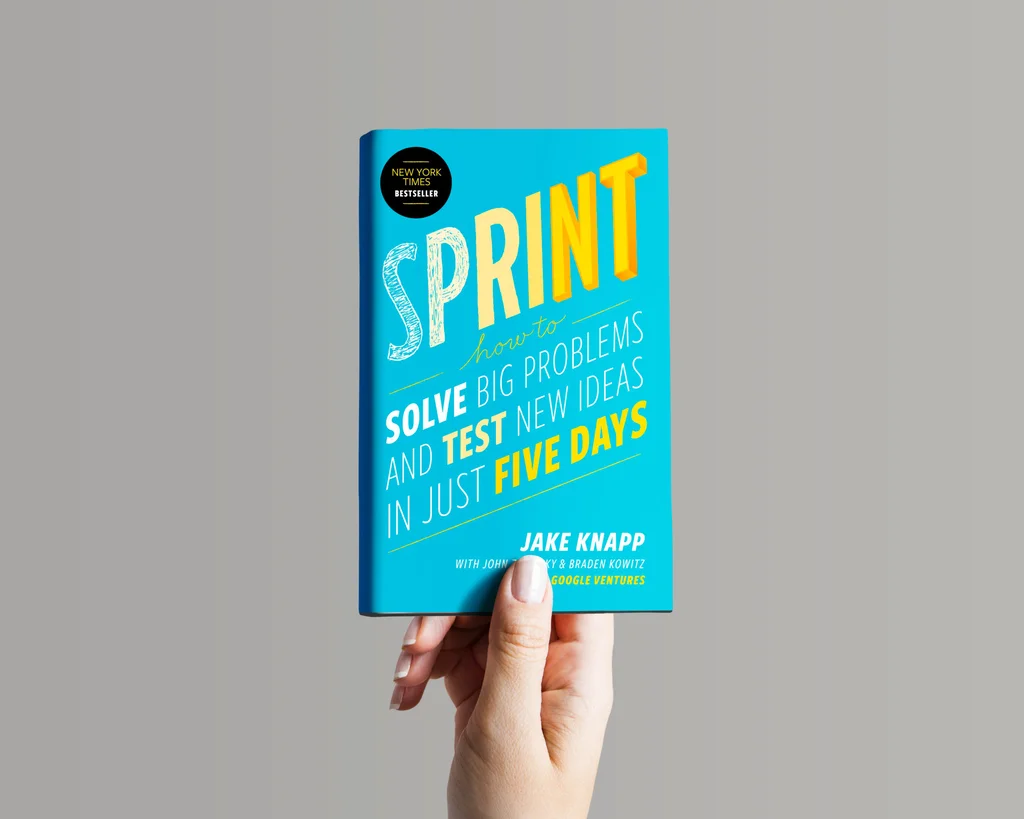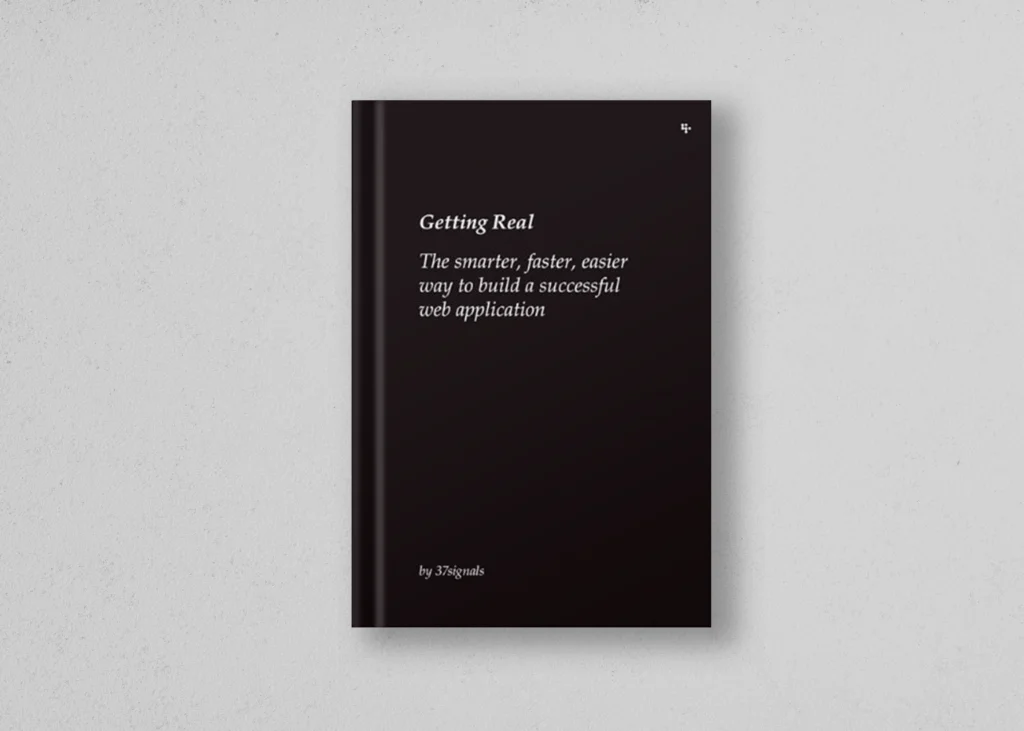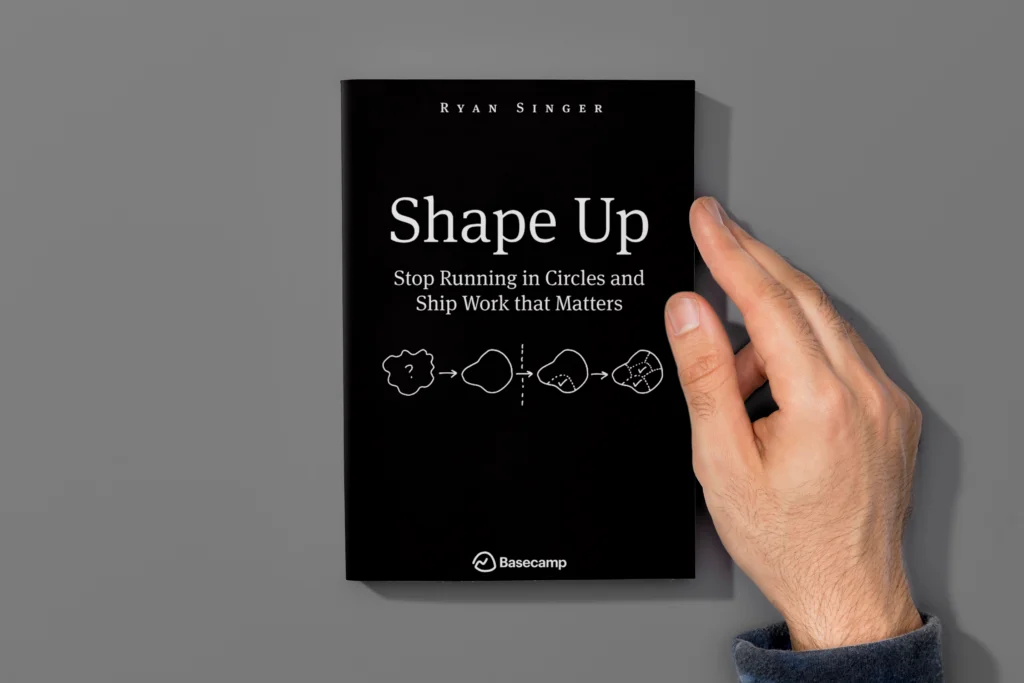
We’ve all been there. Talking to a friend when suddenly you get that “Aha!” moment of a brand new idea for the next big mobile app.
The current state of technology allows many people to dream big and start building software to solve a problem they’ve experienced or seen first hand.
However, this is no easy feat and if you want to jump on the boat of creating a web product, you’d better prepare yourself with some readings that will open your mind to a new world of opportunities.
Keep on reading to find out which books you should be buying next.
A Good Comparison First
A good analogy for building software is building a house. You plan, assign a budget, get advised, hire ideal people, and off you go.
On the other hand, building software is more flexible than a house.
Once you have the foundations and walls of your new house, changing the base structure will be very expensive and time-consuming.
Software is more malleable.
You won’t be able to modify base structure every time but there are techniques to handle the constant evolution that software projects face.
The most important thing about software being malleable is that you have to embrace projects with a very different mindset where constant change is a must and nothing is ever taken for granted.
You also have to consider a new way to handle things. To consider software as a new universe where things happen differently.
The following books are all about this mindset.
Sprint: How to Solve Big Problems and Test New Ideas in Just Five Days

What I found best about this book is the approach it proposes. Sprint was written by Google Ventures members. The authors are people that have the money and power to hire people, pay for services, but that’s not the approach they want you to take.
Spending money is expensive, so Sprint wants you to do something better: validate your idea as many times and as fast as you can.
The book wants you to experiment.
Your awesome idea is awesome but you’ll face harsh reality once you take it to people to dissect it and give you down to earth feedback. First, validate your idea in a small experiment with the target group, collect feedback, iterate. By following this path your road to success will have a rock-solid foundation without guessing what your customers really need or want.
The words you want to learn and practice a lot are: experiment, prototype, validate, feedback loop, iteration.
In the end, you want to build a software product or service and, trust us, we’ve been doing it a handful of years, it’s not an easy two months thing.
Of course, you can throw everything away, do what you believe is best and create that incredible software without help from outsiders but as soon as you get it to the real world, you’ll see everything you missed and will probably find yourself thinking “if only I had asked…”
Getting Real: The smarter, faster, easier way to build a successful web application

This book is kind of a “bible” to me whenever I start a pet project.
Sadly, I read it for the first time too late after building failed projects at the personal level and company level.
This was the year the Lean methodology was booming and I got the chance to participate in a country-wide effort to get more people to build software. In this government initiative, several workshops were available to participants. In one of those workshops, here in Barranquilla, I learned about the MVP: Minimum Viable Product.
The instructor explained the MVP is the smallest version of your application that fulfills the customer needs. It was a mind-opening moment for me because I knew why I had failed before when doing my own software projects.
I tried to get those ideas to my boss at that time but with no help. The guy was stubborn and unfortunately, money was spent and lost. Project closed.
I can’t really recall how I found the book but reading it was such a good experience. It mentioned everything that went awry in that project, how we could’ve put it back on track, how to handle third party requests.
Third-party requests can kill a project.
We were working on a Learning Management System project for schools. Every time we leave a school after a meeting with the manager, a pile of requests would accumulate in our infinite backlog.
Several shortcuts and spaghetti code was written to handle so many specifics between schools. When we realized we couldn’t give everything to everyone, it was too late.
Getting Real is a book that will give actionable advice on how to avoid and not to fall into those traps.
When you’re starting your web software, you don’t need to wait a whole year to try it. You can plan small iterations and start testing with your friends, family, pals, people on the streets. Don’t fall into the trap of waiting for it to be “ready”with everything because it’ll be too late. Besides, in six months, you’ll have new ideas and the deadline will be moved or mismanaged because there’s a lot more to do.
Don’t do that. Go with the small iterations approach. Remember, Google Ventures employees advise it.
Also, a very good advice from Getting Real is “Less Mass”. Don’t get attached to “a hundred features”. That’s a sure way to fail.
Did Google start with Gmail, Hangouts, Drive, Cloud, Docs, Keep, Calendar, etc, etc? No, they didn’t. Google started as a search engine and grew from that.
Yeah, it’s nice to have a million features but it’s not worth it when you’re just starting. You’ll be losing a lot of time and money chasing the perfect app instead of delivering (and even better, charging users) early and often.
Shape Up: Stop running in circles and ship work that matters

This is an awesome book. It explains how Basecamp (writers of previous and this book) work and the way they organize work to be done in a given period.
If you want to take advantage of the lessons in Shape Up, you need to prepare your mindset. If you’re new to software projects, it can play in your favor as you’re not so biased with other project styles such as scrum, kanban, waterfall, etc.
In summary, Shape Up wants you to do a great job defining what’s going to be done in the next six weeks. Leave all uncertainty behind, so that developers can go for it with less amount of doubts or unclear requirements.
By defining an overarching goal, you’ll let developers and designers figure how to reach it by themselves. No need to create story cards, tasks, subtasks. Just one goal. Let devs create their own tasks if they feel they need them or whatever methodology suits them best.
Normally, in a software project, there’s always something great that will pop up in the middle of an iteration. This is usually a “great” idea by someone in charge and all of a sudden they give it top priority because without it the product “would be useless”. That’s complete BS.
It’s not bad to have ideas. What is bad is to let them slip through your process. Shape Up (and also Getting Real) tells you to say “no” to that idea, at first. Reject the idea until several people or users are affected by the lack of it or even better, they suggest it.
Shape Up proposes a six weeks cycle because it’s a good amount of time to deliver something meaningful. Of course, this is not set in stone and you can test and find the best cycle for your team. What’s important is giving proper time to do serious research, validations, small iterations, and being able to deliver great and important work.
It’s not going to be six weeks doing “small things”. By no means, those six weeks will be spent doing the important work, delivering value to users. This usually means big tasks. Big releases.
Building software is an exciting journey. There are exciting, complicated problems to be solved, and a new way to help companies or people with their daily lives or routines. Software is very important in our daily lives and this is why building software requires better processes, better mindsets, and better ways to create them.
When building great software, the path and the destination must be great as well. Fortunately, there are awesome books to learn from experts and set yourself up for success.
Join 2000+ Founders and Developers crushing their businesses and careers with monthly advice. You can also follow us on LinkedIn , Twitter & Instagram!


